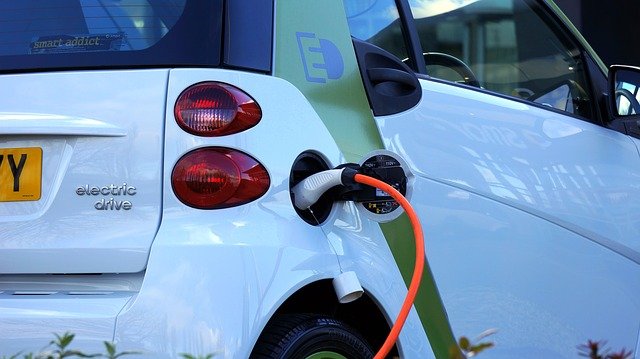
In the UK, sales of electric vehicles (EV) accounted for around 6.7% of all new vehicle sales in 2020. This might not sound spectacular, but in 2015, the market share in the UK was 1.1%, whilst just a year earlier in 2014, its market share was just 0.59%. Once you add in plug-in hybrids (PHEVs) the 2020 tally goes up to 10.5%.
Clearly, there is a need and a market for electric vehicles in the UK. But can it be a global leader?
In 2018, The Government published its Road to Zero Strategy in 2018. The policy outlined how it will support the transition to zero-emission road
transport and cut emissions from conventional vehicles during the
transition.
The focus was very much on infrastructure. The government announced lofty EV ambitions including Boris Johnsons NetZero target, which would mean EV sales needing to increase by 11,000% by 2030. To service all these new electric cars is a push for charge points to be installed in new build homes a part of the launch of a £400 million investment into nationwide charging infrastructure.
Is it Working?
In 2019 around 58.5% of licensed cars were petrol, 39.1% diesel and 0.8% were either a plug-in-hybrid, battery-electric, range-extended electric, or fuel cell electric car. According to the International Energy Agency’s 2017 EV outlook, these figures place the UK fourth worldwide by market share, and seventh by volume.
By the third quarter of 2020, there were more than 164,100 pure-electric cars on UK roads and over 373,600 plug-in models including plug-in hybrids (PHEVs). Registrations for pure-EVs in the first nine months of 2020 were up 127% compared to the year before. And it is showing no signs of abating. In August 2020, there was a 110% increase in pure-EV registrations from the same time in 2019, whilst in September, that figure was 184%.
Sales are booming but are the infrastructure there to match? The answer is getting there. Between 2017 and 2020, the number of charge points across the UK had more than doubled from just under 15,000 to around 30,000. As of January 2021, there are 36522 charge points with more being added daily. in 2011, there were less than 300 charge points.
And it’s not just the charging that is changing and needs to change. The rise of the battery mega factories to cater to all the new EVs will mean demand for raw materials to significantly increase. Now, thanks to UK firm Technology Minerals a circular economy is being created by helping solve the ecological issue of spent Li-ion batteries by recycling them for reuse by the battery manufacturers.
The UK is slowly but surely building the infrastructure to support an all-electric vehicle society. Whether this can be achieved by 2030 is an entirely different question. However, people’s attitudes to EVs are changing fast and the demand is increasing both in the UK and abroad. The UK has been at the forefront of the push for all-electric vehicles for the last couple of years and now, with advancements in technology, alongside peoples attitudes and supported by an ambitious government policy, there is every reason to believe that the current trajectory will continue and the UK will be a world leader in Electric vehicles.



